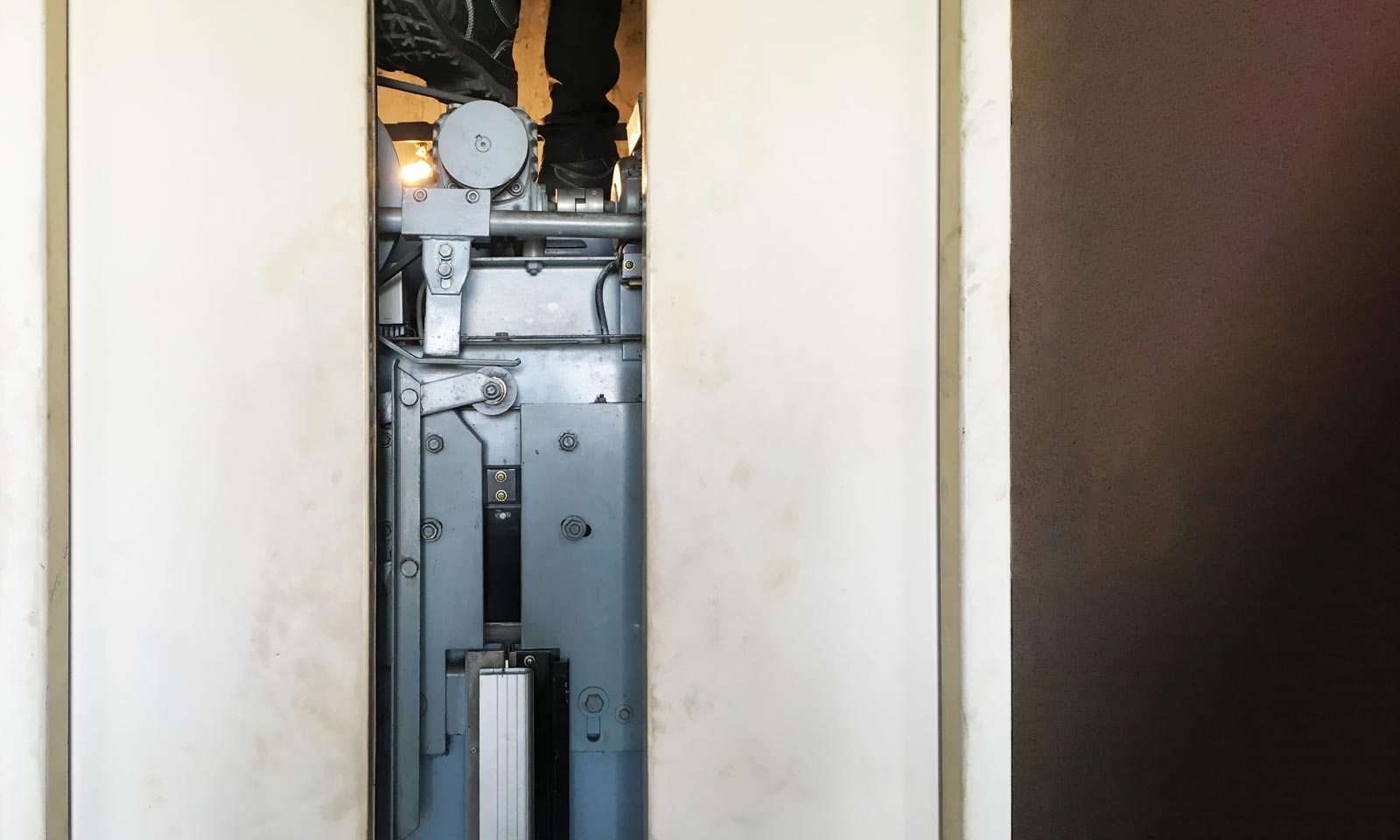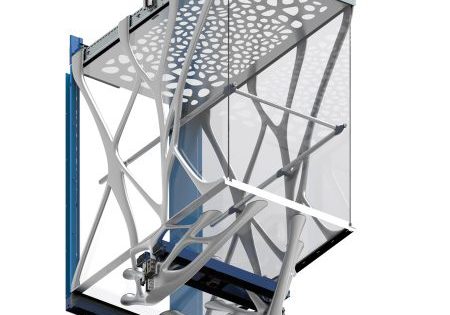by İbrahim Özçakır
A lift is a design. Just like all regulations, the requirements of Annex I of the Lifts Directive should be taken into consideration to build this design. The materials we bring together for this design should work in harmony and complete each other. If we fail to do this, inappropriate materials will prevent the operation of safety elements. The lift installer is responsible for choosing not only the economical model, but also the appropriate and safe model.
When we talk about safety components, we should thoroughly review and internalize the Lifts Directive (2014/33/EU). Of course, I will not try to write the directive exactly here, but I would like to underline the subjects I find important. The list of safety components is given in Annex III of the Directive.
These safety components are:
- Locking gears of landing doors.
- Gears that prevents falls (that is, prevent the car from falling and moving uncontrollably), as stated in Article 3.2 of Annex I.
- Gears that prevent overspeeding.
- Buffers: energy-storing buffers, non-linear buffers, buffers that absorb return movements and energy-consuming buffers.
- Safety gears connecting to the jacks of hydraulic power circuits when they are used as devices that prevent falls.
- Electric safety gears in the form of safety switches containing electronic components.
Lift safety gears are collected under six headings in Annex III, and relevant obligations of the parties are defined in Section 3 of 2014/33/EU.
In the second paragraph of Article 8 “Essential Health and Safety Requirements,” it is stated that “Safety components for lifts covered by this Directive shall satisfy the essential health and safety requirements set out in Annex I and enable the lifts in which they are incorporated to satisfy those requirements.” Therefore, considering that we purchase the right products and our lifts constitute a meaningful whole, we should prefer the right products, and not the most economical products. This is one of the most serious mistakes in the purchase of materials. When we look at the “Definitions” section of the Directive, we see that the products we purchase should have a “technical specification,” defined as “a document that prescribes technical requirements to be fulfilled by a lift or a safety component for lifts.” The products should go through a conformity assessment, meaning “the process demonstrating whether the essential health and safety requirements of this Directive relating to a lift or a safety component for lifts have been fulfilled,” and meeting the requirements of “making available on the market” and “placing on the market”.
From this point of view, of course, there is the opinion that all products on the market have gone through a conformity assessment because we see a CE marking and the manufacturer’s label on safety components. However, as far as we have learned from meetings regarding the tests performed with sample products taken from the field in our Ministry’s recent inspections, the testing institution’s statements that the products were not safe and could not pass the tests bring us into doubt. Is there a difference between conformity assessment bodies and testing institutions, or is there a difference between the products made available on the market and the products sent for conformity assessment? For this reason, our colleagues who purchase the products should conduct more detailed research and purchase the right products for use.
Another subject to be taken into consideration is conformity assessments that are expired or approaching expiration. We should check the dates and validity of the relevant institutions’ conformity assessments for the products we purchase. Unfortunately, we need to get rid of the attitude of “I did it; I sold it, and I’m done.” Not all products placed on the market are appropriate.
This is all I want to say about lift safety elements. As I expressed in the very beginning, a lift is a design, and we need to fulfil the requirements of the Lifts Directive not only in terms of safety elements, but also in terms of safety in general. In light of the earthquake that occurred recently, we should especially take issues such as weight and rail calculations into consideration by examining the high number of counterweights going off the rails and the relevant standards in the earthquake region and surrounding areas, where we inspected the lifts according to the 81-71 earthquake standard. Safety components should be evaluated for lifts as a whole and not for the listed six elements only.
Get more of Elevator World. Sign up for our free e-newsletter.










